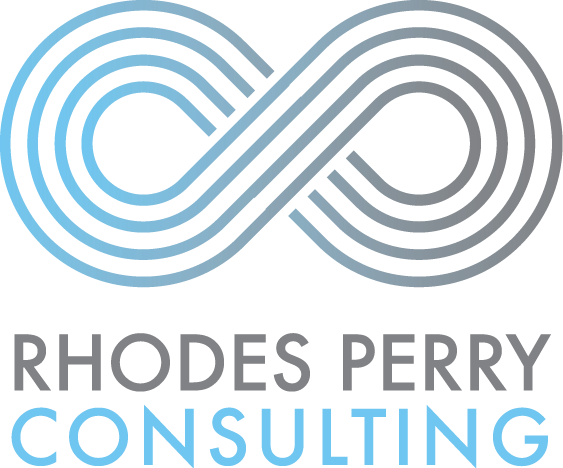Lasting Workplace Transformation Relies on Your People
Change is the law of life and those who look only to the past or present are certain to miss the future – John F. Kennedy
The future of work relies on how skillfully we manage the rapid pace of change in the global marketplace. Everything from technological advances to shifts in human consciousness contribute to these rapid workplace changes. In order to skillfully navigate such changes, executive, HR, and diversity professionals must invest in their employees at every level within the organization. These investments will address the natural resistances employees often experience when change is introduced. Such resistance creates significant barriers preventing employees from embracing new attitudes, behaviors, and skills that lead to true workplace transformation.
So how exactly can executive, HR, and diversity professionals overcome this resistance, and inspire their teams to embrace workplace transformation that welcomes and engages LGBTQ talent? This post offers six approaches to answer this looming question. Much of what you will find below comes from my consultancy’s fifth and final step of the TEAMS Transformation Method™, a unique branded system empowering employers to transform their workplace culture by increasing the implementation speed of LGBTQ specific policies, and improving the probability of their success. By adopting these approaches, you will have the ability to transform your team’s hearts and minds, and ensure lasting workplace transformations:
1) Prioritize Your People. Organizational change efforts stall or outright fail due to “people” challenges. For example, if you’ve developed a brilliant strategy to involve more LGBTQ people in your organization, but fail to get buy-in from your staff, your team may not agree with the overall approach. They may not understand the history or rational as to why such changes are taking place. Even more challenging, they may not trust the transformation, and the inevitable changes that you are demanding them to adopt. If your team does not trust the direction you are headed over the long-term, the transformation you desire is dead upon arrival.
2) Context is Everything. Simply stating that you are transforming your organization to comply with existing laws to limit the threat of lawsuits will create resistance from the beginning with your team. Rather, your team needs to understand what will change, and what will remain the same. You’ll need to let them know what about this change is in it for them, how it will affect their jobs, and the skills necessary to meet stated expectations. When you’re able to meaningfully contextualize why the workplace changes are taking place through stories that speak to both logic and emotions, your team will appreciate your honesty, and help build lasting workplace transformation.
3) Be the Change. Leaders that want to see their workplaces transform must commit to being the change they desire. In other words, while a leader may have a compelling story that effectively offers context to the team as to why changes will be taking place, if they don’t behave and embrace these changes in their own practices, the organizational transformation they desire will not succeed. Leaders need to embrace the values of diversity, inclusion, and equity in everyday actions – from hiring their next staff member to planning an office function, these principles must be at the forefront of their decision-making to remind the team how this transformation shows up in everyday practices.
4) Inspire Accelerated Change. As leaders within an organization continue to invest in a centralized diversity & inclusion operation that manages the formal implementation of policy and practice shifts, they too must also dedicate time and attention to the informal employee networks. Leaders can leverage informal networks by inviting employees at all levels of an organization to contribute their ideas and perspectives, and provide the kind of informal support and recognition that makes it easier to take ownership of new changes promoted by leadership. By taking this action, the impact of an employer’s culture change initiative will be accelerated and intensified.
5) Ensure Lasting Transformation. To avoid declaring premature victory, employers must examine how to institutionalize promising practices and engage employees over the long-term. Recognizing that the people of an organization will help ensure lasting culture change efforts, an employer should examine all functions of its HR department – from HR systems, policies, and processes to employee competencies, skills, and behaviors. HR workforce strategy, learning and development, and performance management functions are key enablers to realize the goals of the workplace transformation you desire. Focusing on these functions, and the benchmarks you establish early on in the development of your LGBTQ diversity & inclusion plan will contribute to making your vision and the plan a reality.
6) Know When You’re Done. The fifth step of the TEAMS Transformation Method™ is complete when you are able to walk away with a clear and specific LGBTQ sustainability plan centered around engaging your people. This step enables your leadership team to make a persuasive case as to why the workplace culture must shift to one that is more inclusive of LGBTQ talent. You’ll also have a better understanding of how to inspire informal employee networks to embrace this culture change initiative and ensure its success over the long-haul. Most importantly, by taking these actions, your workplace will continue to attract, engage, and develop more LGBTQ talent, which will diversify your team, and will create more innovative products and services that will reach new markets.
If you’re interested in learning more about the TEAMS Transformation Method™, please be sure to save the date for Thursday, December 1 at 11:00 am Pacific/ 2:00 pm Eastern Time. I’ll be hosting a live webinar focused on fine tuning your LGBTQ diversity & inclusion vision. During the webinar, participants will have the opportunity to share comments and questions related to this topic. In advance, interested participants may use this worksheet to begin thinking about how to apply this vision setting concept to their work, which will inform the webinar discussion. Save your seat today by visiting: http://www.rhodesperry.com/teamsregister.

